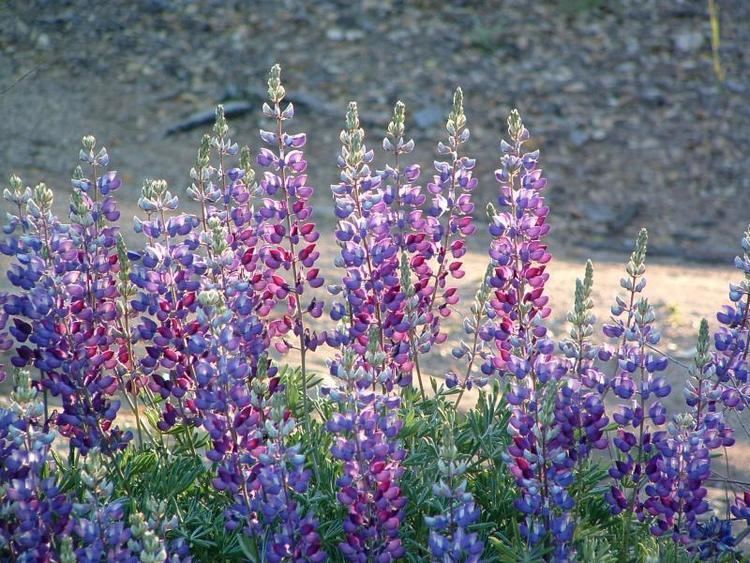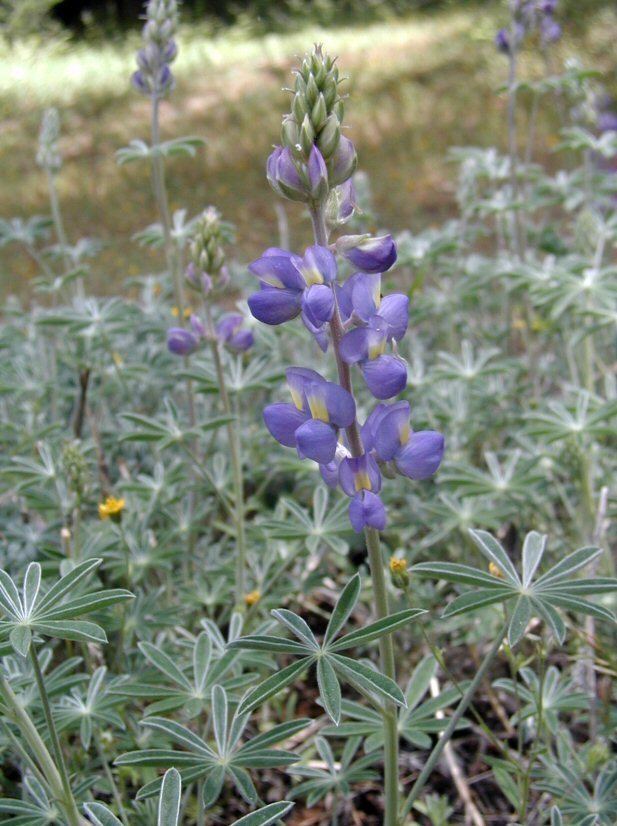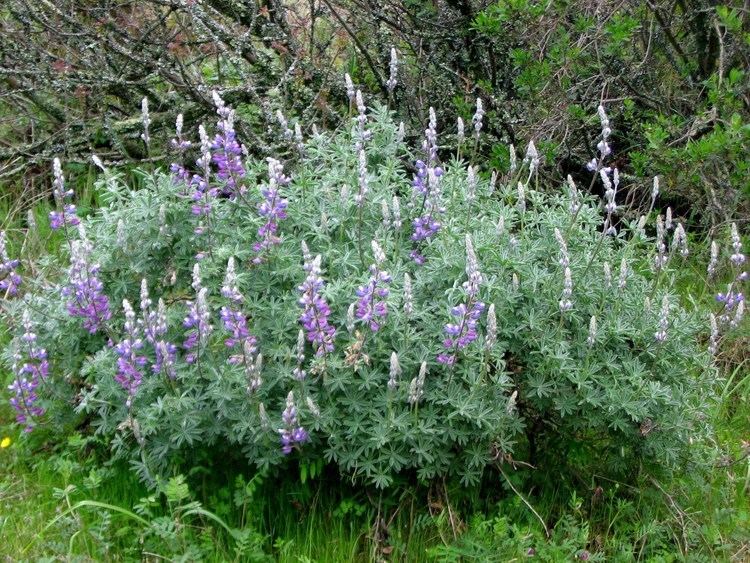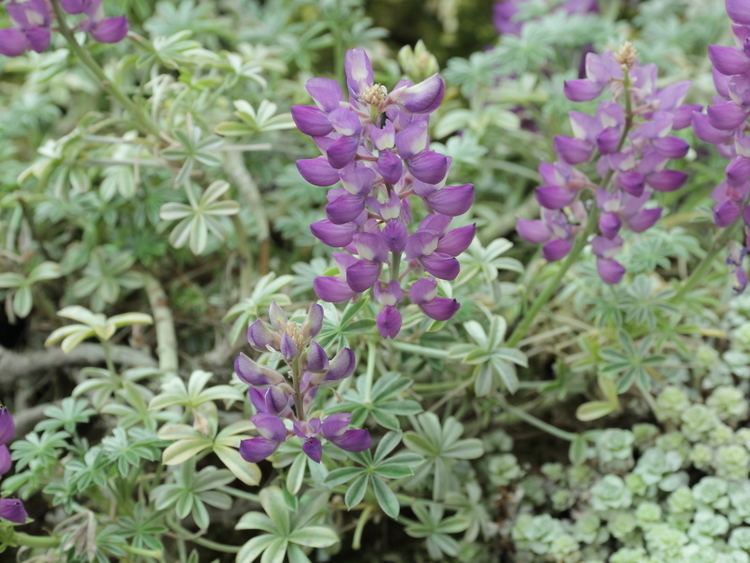Tribe Genisteae Rank Species | Genus Lupinus Higher classification Lupine | |
 | ||
Similar Lupine, Lupinus bicolor, Lupinus nanus, Lupinus formosus, Lupinus microcarpus | ||
Lupinus albifrons, silver lupine, white-leaf bush lupine, or evergreen lupine, is a species of lupine (lupin). It is native to California and Oregon, where it grows along the coast and in dry and open meadows, prairies and forest clearings. It is a member of several plant communities, including coastal sage scrub, chaparral, northern coastal scrub, foothill woodland, and yellow pine forest.
Contents

Description

Lupinus albifrons is a perennial shrub, taking up about 2 ft (0.61 m) of space and reaching 5 ft (1.5 m). It has a light blue to violet flower on 3–12 inches (7.6–30.5 cm) stalks. The leaves are silver with a feathery texture.
Cultivation

This plant grows as a wildflower in the hills and valleys of California. It requires good drainage and needs little water once the roots are established.
Toxicity to livestock

The plant is deer-resistant due to the presence of the bitter-tasting alkaloid toxins anagyrine and lupinine. Because of these toxins lupines can negatively affect livestock, causing birth defects and decreasing weight especially in young, unexperienced cattle. When cows are under stress from lactating, especially in times of low forage availability, they will consume more lupine than usual.
Mission blue butterfly

The federally endangered mission blue butterfly requires either Lupinus albifrons, Lupinus formosus and Lupinus variicolor, on which their larvae feed. The butterfly becomes toxic itself when it feeds on the plant, leaving it with a bitter taste to deter predators.

Due to its potential danger to livestock, this lupine is removed from rangeland when possible, eliminating a crucial food plant from the butterfly's range.
Infraspecific taxa
Lupinus albifrons has five different varieties, three of which occur only in California, the other two occur in both California and Oregon:
